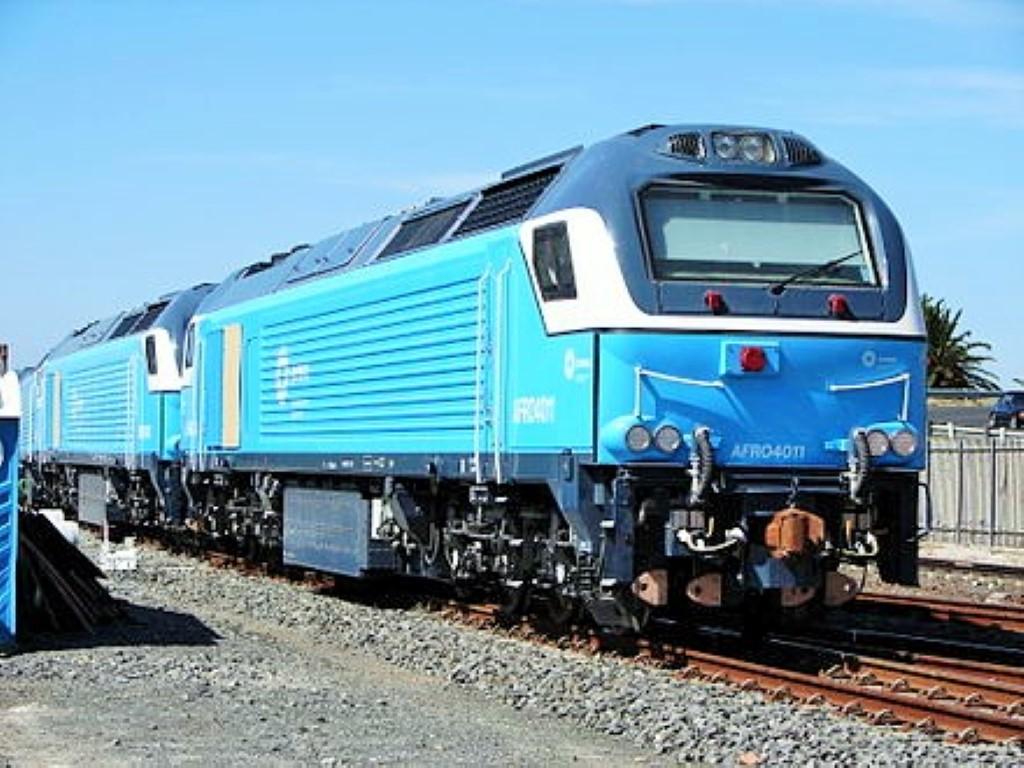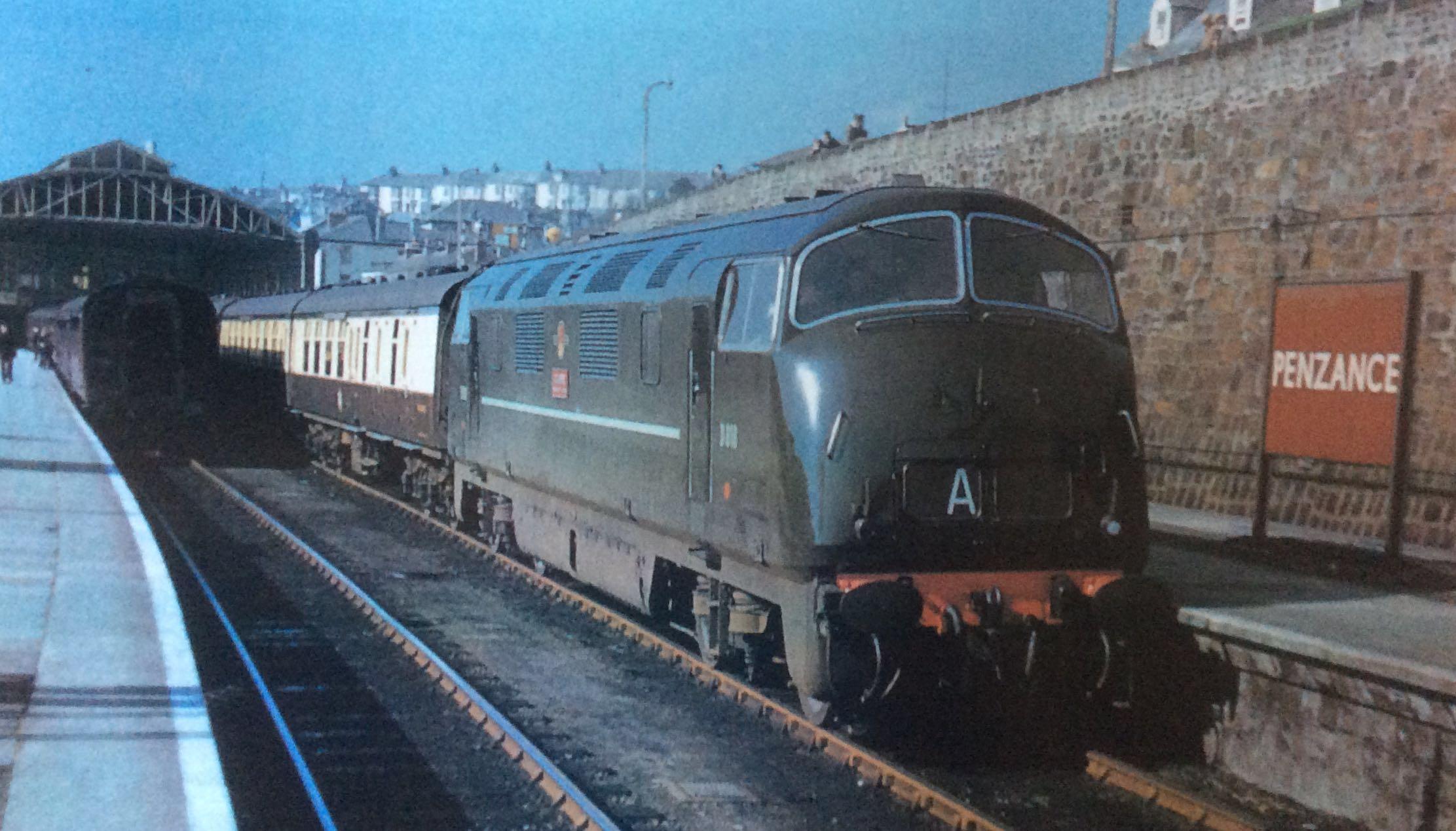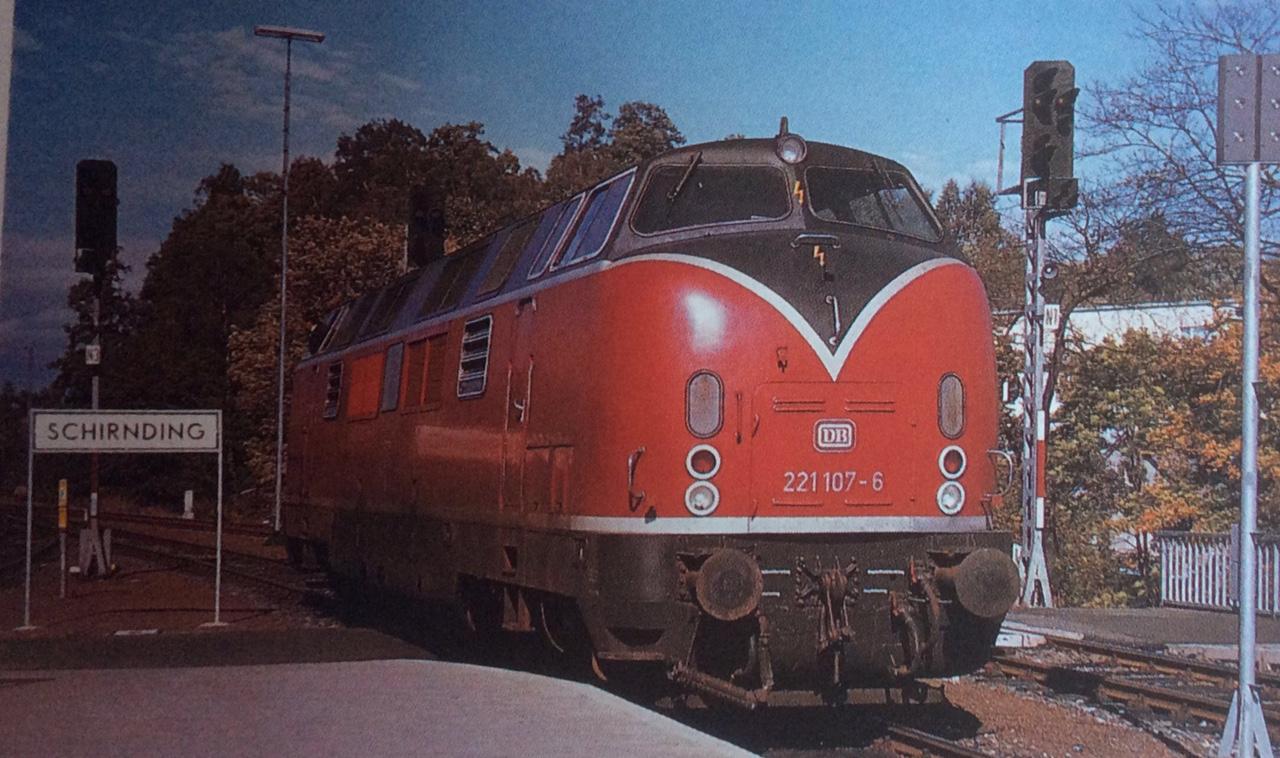
Disclaimer: Any views expressed by individuals and organisations are their own and do not in any way represent the views of The Heritage Portal. If you find any mistakes or historical inaccuracies, please contact the editor.
In 1975 the singer-songwriter, Chris De Burgh released his second album entitled “Spanish Train and other Stories”. The title track was immediately banned in South Africa on sacrilegious grounds, due to the mention of the Devil playing poker for souls of the dead with Jesus Christ and the album was re-titled and issued here as “Lonely Sky and other Stories”.
Forty years on we have another Spanish train which is likely to be banned, that being the AFRO 4000 Co-Co diesel locomotive built by Vossloh Espana 13, of a total order of 20, having already been delivered to the Passenger Rail Agency of South Africa (PRASA) through a leasing agreement with the company Swifambo. The ban would be as a result of the locomotives being too tall to safely travel under the wires of our electrified lines.
In essence the AFRO 4000 is the same as a EURO 4000, which is the most powerful diesel-electric locomotive available to European operators (therefore designed to fit within the loading gauge of Europe). The only difference between the two is that the bogies on which the locomotive sits and which power it to run along the rails are re-gauged on the AFRO 4000 to suit our gauge of 1065mm (instead of 1435mm).
The disgraced Mr. Daniel Mthimkhulu (he who posed as a Dr.) was the former Head of Engineering of PRASA and prior to his sacking (on the grounds that he had falsified his qualifications) was the one responsible for the drawing up of the specification to which the AFRO 4000 class of locomotive was to be built. He should have been well aware that the loading gauge of South Africa was lower than that of mainland Europe and should have made special mention of it. Its omission was at best incompetence and at worst corruption and it has been reported by the “Rapport” newspaper (July 2015) that warnings by Transnet engineers went unheeded by the agency CEO, Lucky Montana who, after a lot of ducking and diving, has had to resign his post.
It is often said that History repeats itself but alas in this instance a precedent set sixty years ago was ignored.
Britain and South Africa happen to share the same loading gauge height of 13 feet and when in 1955 British Railways unveiled its “Modernisation Plan”, which involved the scrapping of its fleet of steam locomotives in favour of diesel and electric traction, the Western Region (formerly the Great Western Railway) was keen to buy, off the shelf, the “Deutche Bundesbahn” (the German Federal Railways) V200 Bo-Bo diesel-hydraulic locomotive, which was at the time cutting edge technology. There was one small problem however, in that it was “Out of Gauge” and would not fit the British loading gauge i.e. it had insufficient clearance under bridges and through tunnels. The German manufacturers bent over backwards to assist in the scaling down of the V200 so as to fit the British loading gauge (the War wasn’t even mentioned) and the outcome was the famous D800 series of locomotives (later Class 42), named after warships, that ran between Paddington and the West Country from 1958 to 1972. They were erected at Swindon works with the first batch being supplied with engines and transmissions as well as “know how” from Germany; a collaboration that lead to commercial and engineering success.
Warship D818 "Glory" at Penzance (World of Trains Part 120)
DB V200.1 No 221 107 at Schirnding (World of Trains Part 120)
Now coming back to the present day saga, the Railway Safety Regulator (RSR) has recently published (November 2015) its report entitled “AFRO 4000 Locomotives: Inspection and Verification Report” (Ref. RSR/Inspection/AFRO 4000/MWC550) which covers the technology review process followed by the RSR as it pertains to the AFRO 4000 class of locomotive, which included an investigation into the consequence of the locomotive being taller than the stipulated loading gauge. The report confirmed that the locomotive’s height was 4140mm above rail head, which exceeded the loading gauge of 3965mm (13 feet) as required by the Transnet Freight Rail track maintenance manual. The upshot of this deviation is that there is a greater risk of interference between the overhead energising wire and the locomotive on electrified lines. This said the Executive Summary of the Report concluded thus, “With the exception of locomotive height limitations in certain areas of the network and subject to the highlighted conditions in this report, the PRASA AFRO 4000 series locomotives possess acceptable performance capabilities to operate in the South African network”. Not quite a clean bill of health but at least something positive to work on.
However a further twist in the story took place on the 28th November 2015 when the chairman of PRASA, Mr Popo Molefe, approached the Johannesburg High Court in pursuance of obtaining redress. In an affidavit he explains how the Tender for the supply of the locomotives was allegedly rigged. The proverbial “can of worms” has been truly opened.
It is understood that R2.65 billion has been paid against the delivery of the 13 locomotives and it would appear that PRASA is asking for its money back, the cancellation of the contract and the return of the locomotives to the manufacturer; one of which has already been badly damaged in a night time derailment near the Modder River in the Northern Cape. (19-08-2015).
There is one more story to tell and that is that there are 50 more locomotives on order from Vossloh Espania, they are of a different class and they are designated AFRO-DUAL, which means they are able to run either on electric power, from the overhead wire or on diesel power. The luck is that Vossloh are supplying similar units to Britain (as class 88) so there should be no clearance problems as South Africa and Britain share the same loading gauge.
Main Image: AFRO 4000 downloaded from wikipedia
Comments will load below. If for any reason none appear click here for some troubleshooting tips. If you would like to post a comment and need instructions click here.


